Fort Kearny Stockade - Fort Mitchel or East Fort
Introduction
Text-to-speech Audio
Images
Drawing of the original blockhouse - 1865
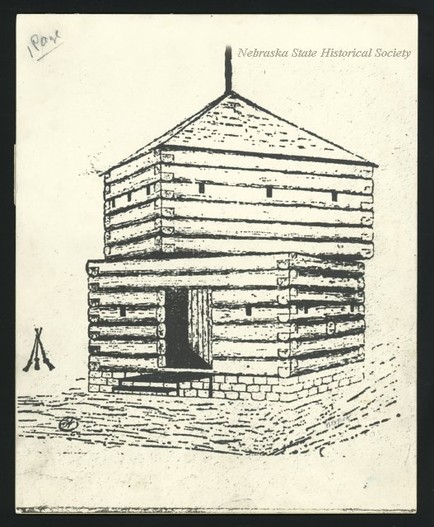
Display depicting the military units stationed at Fort Kearny
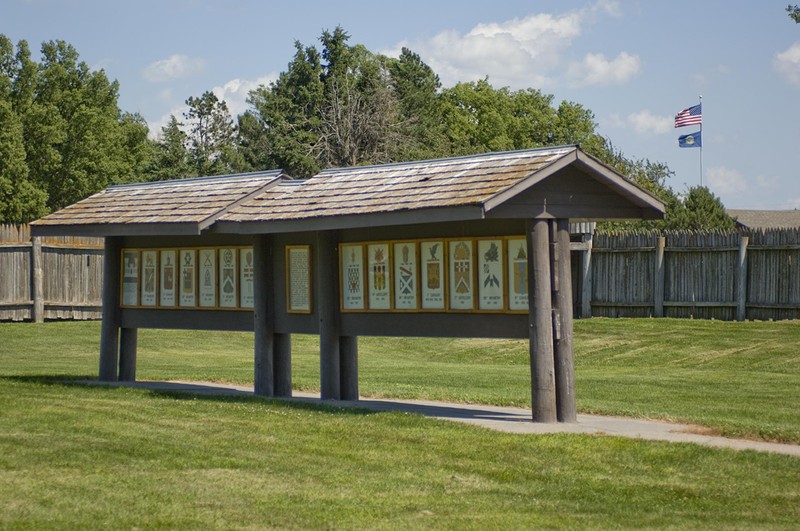
Display inside stockade
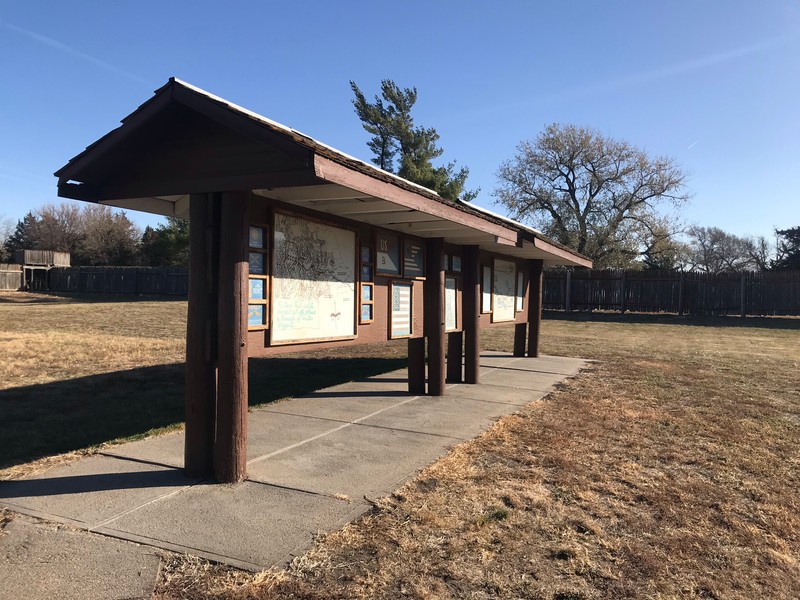
Display inside stockade
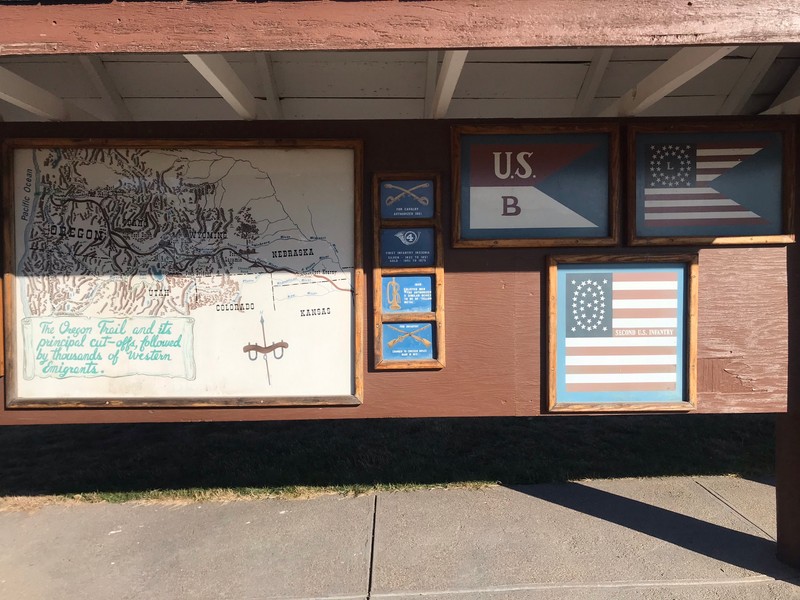
Inside the stockade
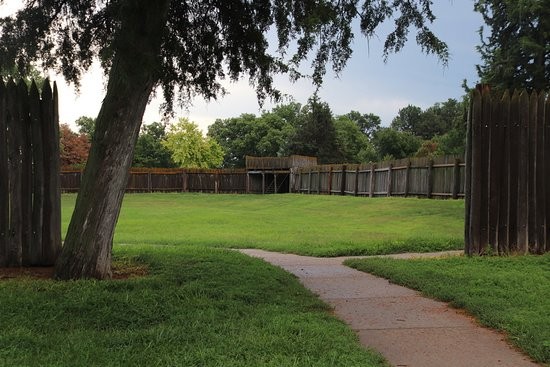
Blockhouse

Robert R. Livingston, Colonel, First Nebraska at Fort Kearny, 1865.
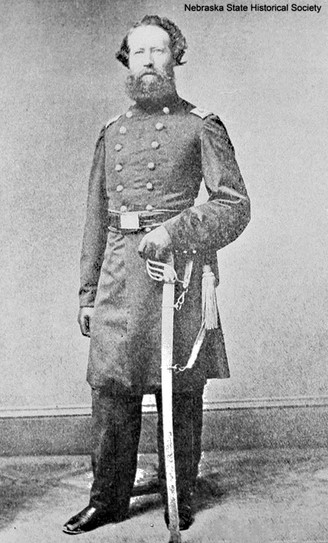
Stockade
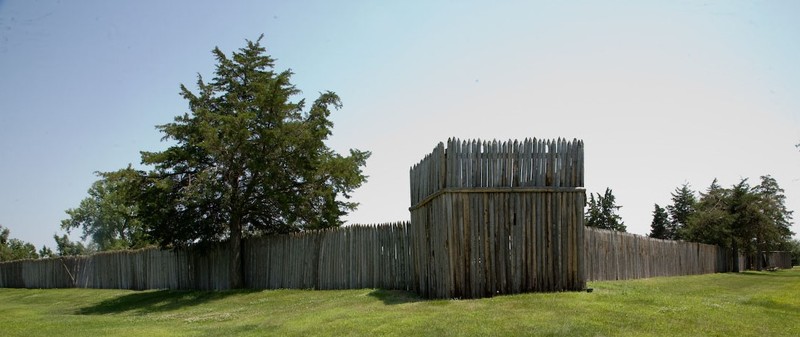
View from the corner of the stockade
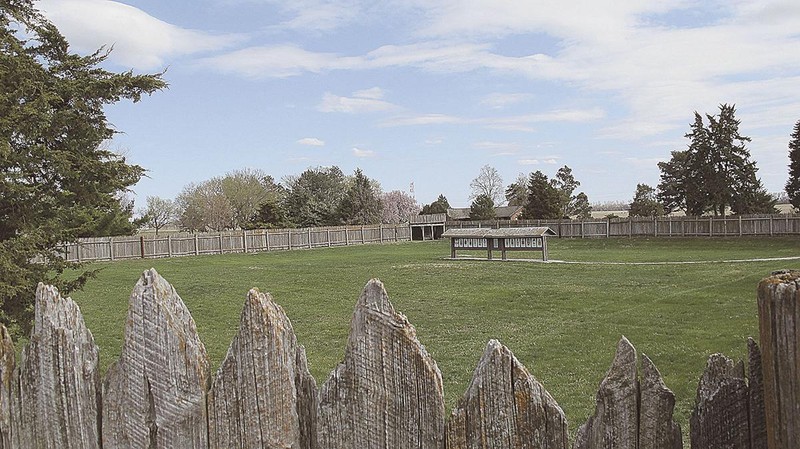
Stockade
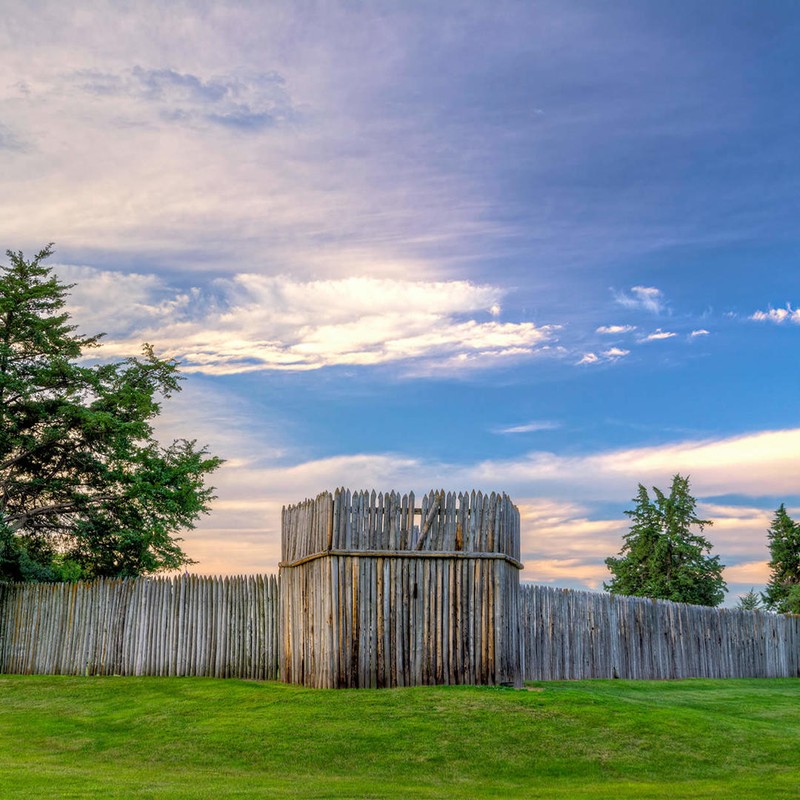
Backstory and Context
Text-to-speech Audio
The most intensive archeological excavations of the 1960 season and the entire 1961 field season were concentrated on the Civil War period earthwork called East Fort or Fort Mitchel. Construction for the replica stockade was completed in 1962. Originally erected during November of 1864 as one of a series of fortifications around the perimeter of the parade ground, Fort Mitchel was a temporary earthwork, typical of Civil War period field fortification, which soon fell into disuse.
The Indian Appropriations Act of 1851 established Indian reservations in the territory that would become the states of Oklahoma, Nebraska, and Kansas. The US federal government envisioned the reservation system as a method of keeping Native American tribes off of the lands that white Americans wished to settle. Many tribes resisted the imposition of the reservation system, sparking a series of bloody battles that ultimately led to the forced relocation of most Native Americans onto the reservations. In the early 1860s, the Cheyenne and Arapaho tribes were suffering terrible conditions on their reservation and in 1864 began to retaliate by attacking stagecoaches and settlements along the Oregon Trail. Sometimes aided by the Sioux, the most severe attacks were along the upper Little Blue River in Nebraska, where about 100 people were killed.
In response to these attacks, in August 1864, Colonel Robert R. Livingston, commanding officer of the First Nebraska Cavalry and of the sub-military district of Nebraska, used Fort Kearny as his headquarters. In the fall of that year, he ordered improvements be made to increase the strength of the post. Most significant among them was the construction of a stockade to the east of the parade grounds. Earthworks were developed three or four feet high and a stockade of split ash logs, set in the ground and extending up about seven feet, was built. East Fort or Fort Mitchel was a short distance to
the southeast of the parade ground and connected to a long rifle pit or trench which protected the south side of the parade ground. The stockade was approximately 200 feet square, with blockhouses on each corner. It was large enough to shelter an entire garrison. Fortunately, Fort Kearny was never under attack and the stockade was mostly used to corral livestock at night.
Sources
Grange, Jr., Roger T. Digging at Fort Kearny. Nebraska History, no. 44101 - 121. Published January 1st, 1963.
Mantor, Lyle E.. The History of Fort Kearney. , vol. Ph. D Dissertation, no. State Teachers College, Kearney, Nebraska. Published May 1st 1938.
History Nebraska
History Nebraska
